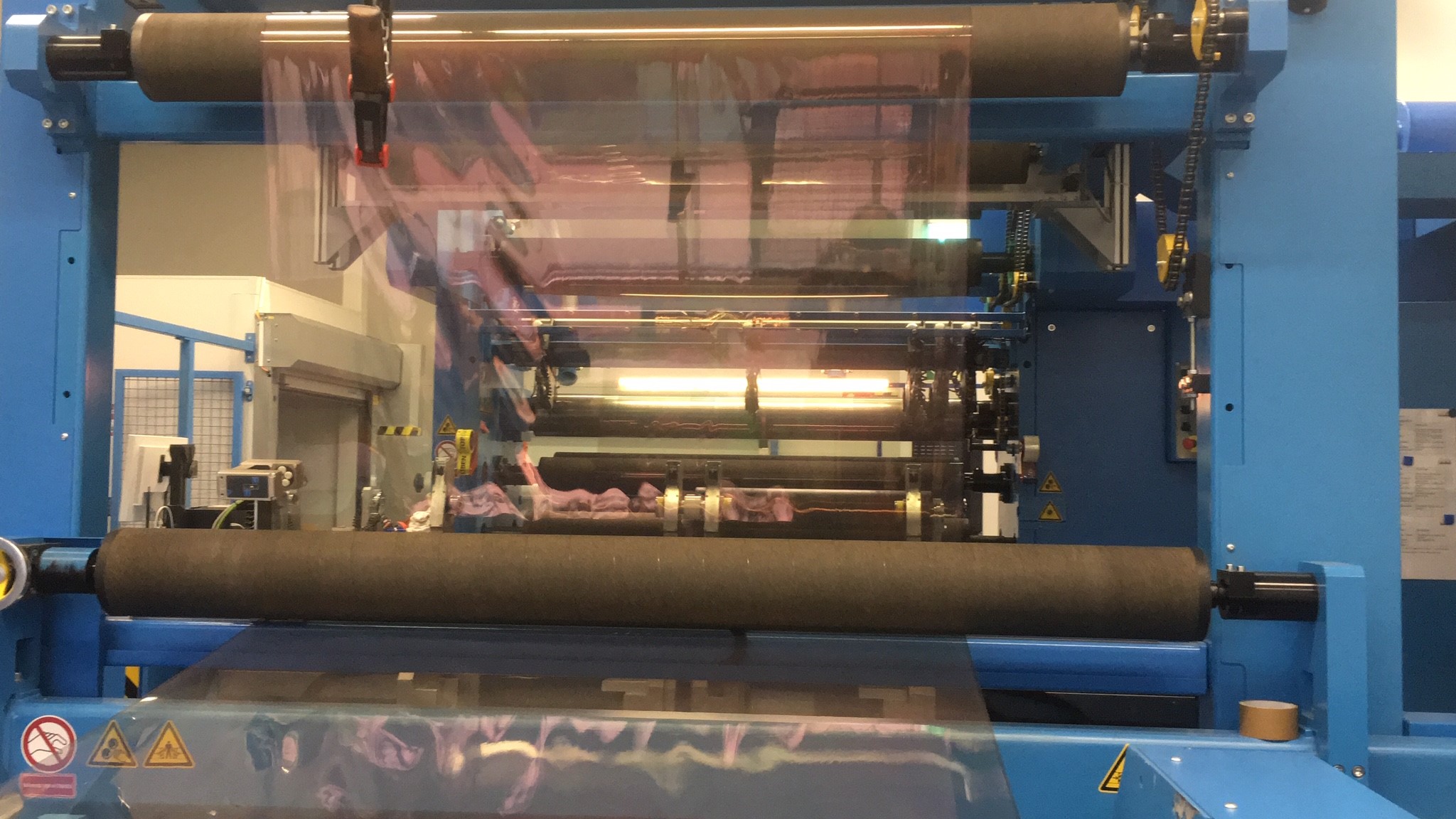| Duration: | 05/2021 -04/2024 |
| Contracting Authority/ Sponsors: |
Bundesministerium für Wirtschaft und Energie (BMWi) |
| Project Partners: | ROWO Coating GmbH, Dunmore Europe GmbH, 2Construct GmbH & Co KG, NOVUM Membranes GmbH, Hochschule für Technik Stuttgart (HFT) |
| Project Focus: |
follow-e demo
Energy-saving functional coatings of ETFE for film architecture: monitoring of a prototype under operating conditions and further development of the coating systems
During the “follow-e demo” research project transparent solar control and thermal protection coatings on ETFE film for use in membrane buildings will be investigated. It proceeds and builds upon the project “follow-e2”. The functional solar control coatings, developed in “follow-e2” will be further developed in terms of their selectivity. Another aspect is to examine the influence of the layer thicknesses on colour and colour stability.
During follow-e-demo research project transparent solar control and thermal insulation coatings on ETFE film for use in membrane buildings are investigated. The project builds on the results of the follow-e2 project. In the current project, the functional solar control coatings will be further developed in terms of their selectivity. In addition, the influence of layer thicknesses on colour and colour stability is to be investigated in greater detail in a further work package.
In addition, in the second subproject, ETFE cushions with transparent solar control and thermal protection coatings are to be manufactured in relevant sizes, assembled and operated and monitored under real operating conditions over a period of 2 years. For this purpose, five large ETFE cushions (3x3 m²) and nine small ETFE cushions (1x1 m²) with different variants will be built at Novum Membranes. To test the influence of maximum temperature load, three of the small cushions will be encased. Some of the coated films will be purposely contain “controlled” defects, and these in turn will be partially treated with repair varnish, so that three variants - defects, repaired defects and flawless film - can be observed over time. Extensive sensor technology will record the operating conditions. After one and two years, samples will be taken from the large demonstrators and one small demonstrator per variant will be opened. The coated films will be inspected for damage and the durability of the films will be evaluated. In the course of the project, TRL 7 (Technology Readiness Level) will be reached, and with a positive assessment of the durability, entry into the market can then take place.
